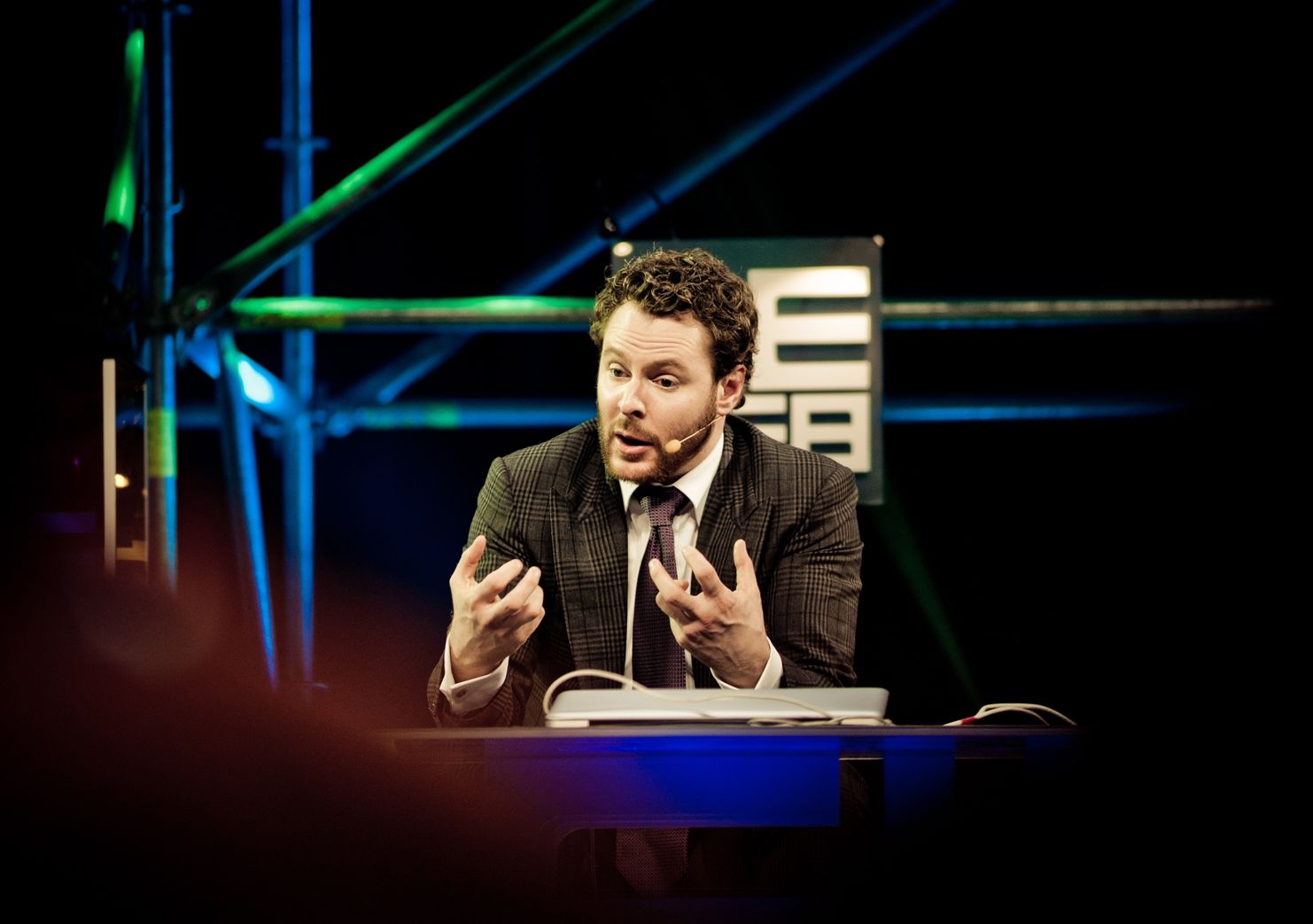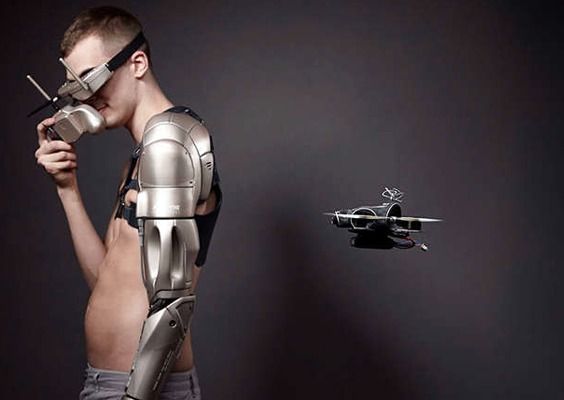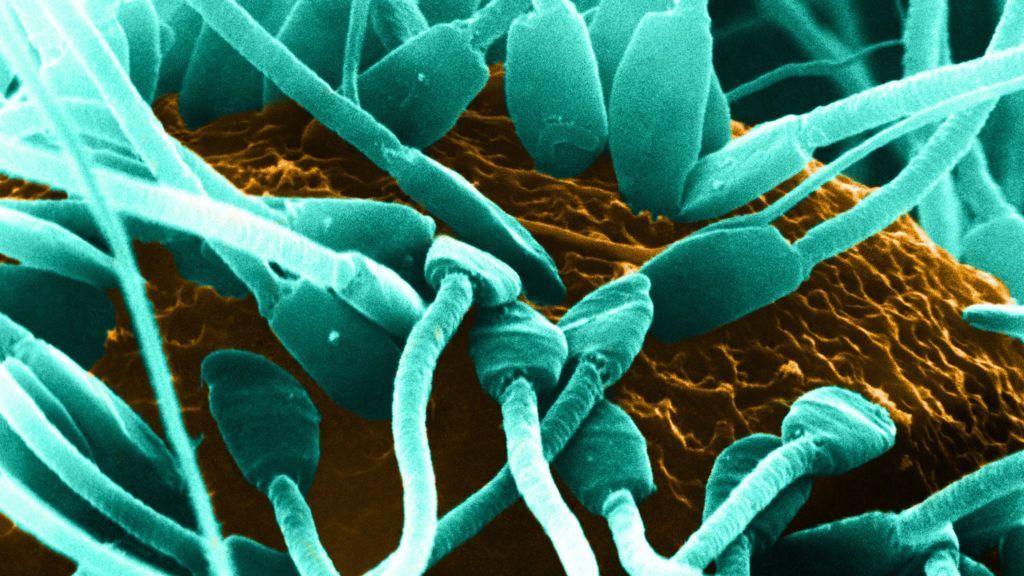As conventional storage technologies struggle to keep up with big data, interest grows in a biological alternative.




I will be interested in seeing the results after more research done.
A team from the Indian Institute of Science (IISc), Bengaluru, has discovered an anticancer compound, which was isolated from a fungus that can be found in trees and plants. The team from IISc’s biochemistry lab, led by Prof C Jayabaskaran, for over a decade has been working on identification and extraction of natural compounds of pharmaceutical value found in well-known medicinal plants and their fungi. The latest chemical compound discovered is called “Cholestanol glucoside”.
Want to fight aging; eat this new chocolate.
Cambridge UK (PRWEB UK) 19 June 2016 Lycotec Ltd., a biotech company based in Cambridge UK, http://www.lycotec.com announces that they have developed the World’s First Longevity SIRT Chocolate, which after ingestion provides a blood level of unmodified trans-Resveratrol, t-RSV, equal to its level after drinking red wine.
T-RSV is the molecule of plant polyphenol class which is typically present in red grapes, some berries, cocoa and nuts. There are a number of beneficial health effects of t-RSV from cardioprotective to antidiabetic. However, one of its intriguing properties is the ability to activate a group of SIRT genes. These genes are responsible for controlling cellular stress protection and longevity.
When t-RSV is consumed as part of food, or a beverage, or as an isolated extract in the form of most supplements, it quickly gets modified and inactivated in the digestive tract. Drinking red wine is the only known exception when t-RSV can reach the blood in an unmodified active form at a detectable level.



We have been hearing predictions for decades of a takeover of the world by artificial intelligence. In 1957, Herbert A. Simon predicted that within 10 years a digital computer would be the world’s chess champion. That didn’t happen until 1996. And despite Marvin Minsky’s 1970 prediction that “in from three to eight years we will have a machine with the general intelligence of an average human being,” we still consider that a feat of science fiction.
The pioneers of artificial intelligence were surely off on the timing, but they weren’t wrong; AI is coming. It is going to be in our TV sets and driving our cars; it will be our friend and personal assistant; it will take the role of our doctor. There have been more advances in AI over the past three years than there were in the previous three decades.
Even technology leaders such as Apple have been caught off guard by the rapid evolution of machine learning, the technology that powers AI. At its recent Worldwide Developers Conference, Apple opened up its AI systems so that independent developers could help it create technologies that rival what Google and Amazon have already built. Apple is way behind.

A new article considering chip implants:
Among other tragedies in Florida recently gripping America’s attention, a 2-year-old boy was snatched away from its parents by an alligator at Walt Disney World on Wednesday. I have a similar-aged toddler myself, and I followed this heartbreaking story closely. Unfortunately, it ended as horribly as it began, with the recovery of a dead child.
My presidential campaign with the Transhumanist Party is based on advocating for radical science and technology to make the world a better place for humans. As a result, for nearly two years I have been advocating for using chip implants in people to help keep them safer. Chip implants are often just the size of a grain of rice and can be injected by a needle in a nearly pain-free 60-second procedure. The implants can do a multiple array of things depending on the type. And much of the technology has been used in pets for over a decade, so it’s already been shown to be relatively safe.
I have a RFID NFC chip in my hand that is programmed to send a text saying “Win in 2016” to people who have the right type of phone. To get the text, all you have to do is put your phone by my hand. My chip can also start a car with the right software, hand out a business card electronically, or give out my medical information.
But the future of implants—as well as other wearable tech—may end up being most useful for the safety it provides.

Sperm have been made in the laboratory and used to father healthy baby mice in a pioneering move that could lead to infertility treatments.
The Chinese research took a stem cell, converted it into primitive sperm and fertilised an egg to produce healthy pups.
The study, in the Journal Cell Stem Cell, showed they were all healthy and grew up to have offspring of their own.
